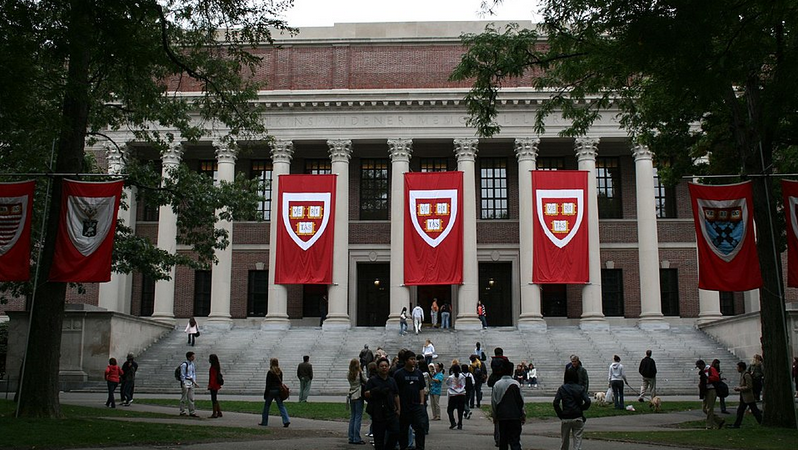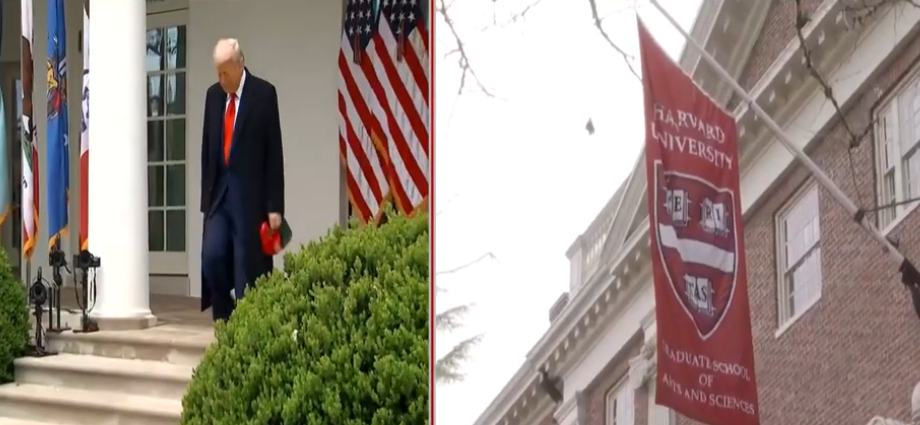Research has consistently shown that smaller class size significantly increases the amount of learning that takes place, reduces disciplinary problems, and improves teacher productivity. Smaller classes particularly benefit students from low-income backgrounds. Our schools not only suffer from the highest average class sizes in the state; they are flagrantly under funded.
One of the greatest challenges in life is finding a good job after graduation. Entering the labor market in New York City is especially tough.
Good educational qualifications are absolutely necessary to succeed, but our public school system isn’t doing its job. Fifty-seven percent of New Yorkers do not believe that a high school diploma from the city’s schools prepares graduates to get a decent job. Only 34 percent believe it does. Half of high school students graduate. These findings are part of a recent survey of New Yorkers conducted for the Community Service Society. It also finds that only 20 percent of New Yorkers think that the city’s public schools are doing a good or excellent job of educating our children. Nearly 60 percent give the schools a grade of “C” or lower.
It has been apparent for years that our schools’ overcrowded classrooms are a major obstacle to an adequate education. A new school year has begun and classroom overcrowding is still with us. If fact, according to some parents and principals, the situation is worse than it was last year, especially in high schools.
At Cardozo High School in Queens the borough where overcrowding is worst capacity is 3,050 students. There are now 4,424 students, up from 3,920 last year. At James Madison High School in Brooklyn, where student capacity is 2,380, there are now 4,616 students, up from 4,100 last year. Washington Irving has 242 oversized classes; Fort Hamilton, 350; Canarsie; 378. The list goes on. Over 10,000 high school classrooms are overcrowded beyond the cap limit of class size of 34 students. Currently, New York City schools average more than 20 students in early grades, more than 26 in middle grades, and almost 30 in high school. Many classrooms in the city have 35 to 40 students.
Research has consistently shown that smaller class size significantly increases the amount of learning that takes place, reduces disciplinary problems, and improves teacher productivity. Smaller classes particularly benefit students from low-income backgrounds.
Our schools not only suffer from the highest average class sizes in the state; they are flagrantly under funded. These two factors are linked. Equitable funding would allow for more school construction and the hiring of more teachers, both necessary to reduce class sizes. Where do we get the money to fund smaller class sizes? Because of the ruling on a lawsuit brought by the Campaign for Fiscal Equity (CFE), the state was instructed by the Court of Appeals to change its funding formula so that city schools would finally receive their fair share of state education funds. The courts ruled that additional funding was needed to ensure that students receive a sound, basic education, and that special attention should be paid to limiting class sizes and improving early childhood education. But this was too much of a political hot potato for Governor Pataki and the Legislature. So the court has appointed a panel of special masters to decide on a new funding formula.
In July, a 13-member commission was appointed by the City Council and charged with creating a plan for allocating the additional school funding coming to the city as a result of the CFE lawsuit. I serve as co-chair of the commission. We are currently holding public hearings. Information about the commission, including a schedule of hearings, is available online at www.nyccouncil.info/rightnow/cfe.
Better funding is crucial for the city’s schools. New York City currently receives about $1,000 less per pupil per year than the average school district in the state. Suburban districts get up to $4,000 more per pupil per year than the city. It is not a coincidence that suburban schools have smaller class sizes, higher paid teachers, and better test scores – and their students are better equipped to go on to college and fill family sustaining jobs in the labor market.
Earlier this year, Chancellor Klein reported that only half of high school students graduate. And less than 20 percent of those that do graduate earn a state Regents diploma. This situation cannot continue as another generation of students leaves school ill-equipped to take their place in our society. We must have the funds to properly operate our schools now.
______________________________________________________
Jones is president of the Community Service Society of New York, an organization that has helped New Yorkers deal with the problems of poverty and strengthen community life for more than 150 years.






